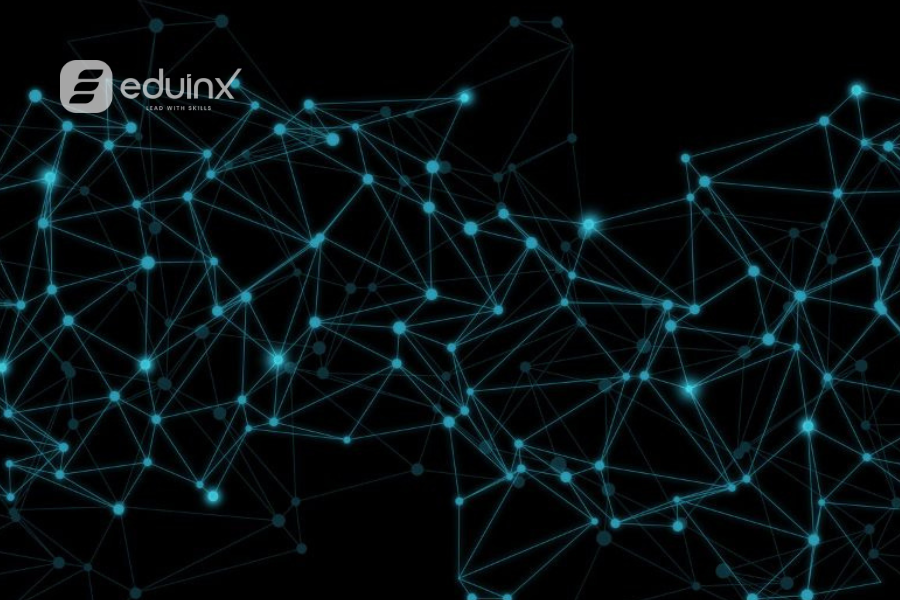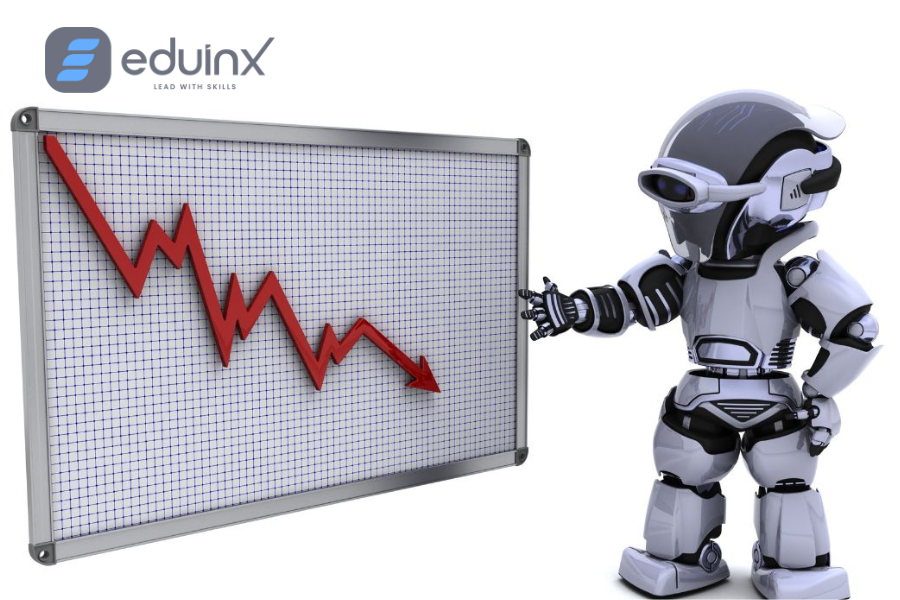Introduction
Most people have a misconception that machine learning (ML) is related to coding and its applications are confined to programming and cloud computing. However, there are a lot of machine learning applications in data science. Did you know that 65% of companies that plan to adopt machine learning say that technology helps businesses make decisions? With many organizations allocating a separate budget for their ML applications, there is more scope for data scientists and machine learning engineers. There is an increasing emphasis on industries to use data to improve their products or services.
Machine learning and data science go hand in glove as data science engineers use ML to make more appropriate decisions that favor business growth and help mitigate risks. Therefore, it is ideal for freshers and working professionals to take up a machine learning course to gain a better understanding. Before learning the advanced concepts of ML, you need to learn the basics and how ML is applied in data science.
What is Machine Learning and What are its Applications?
ML is a subset of AI that allows any software application or app to be more precise and accurate in predicting outcomes. ML algorithms use historical data to predict new outcomes or output values. For instance, ML is used in cybersecurity to identify user engagement and behavior and detect abnormal patterns that could result in data breaches. They are used in identifying frauds, malware, and more. In other industries, they are used in recommendation engines, spam filtering, healthcare, and more.
Due to the exponential growth of technology and the application of AI systems, organizations need efficient tools to understand data. ML plays a key role in improving business decisions, increasing productivity, forecasting weather, and more. Companies are looking for data science engineers with expertise in machine learning and generative AI. By learning ML and gen AI, you can become a valuable resource in data science.
Automatic Language Translation
ML can help tourists by converting text into our known language. This can help tourists to communicate better with the locals. One such popular app that is widely used is Google’s GNMT (Google Neural Machine Translation). This application uses a technology called neural machine learning to translate the text, this is also known as automatic translation. The technology that empowers automatic translation is a sequence learning algorithm that is used with image recognition and translates the text from one language to another.
Medical Diagnostics
Did you know that ML and data analytics are used in healthcare? It is used to diagnose diseases and build 3D models that predict the position of tumors in a precise and concise manner. This has helped neurologists to locate any abnormalities in the brain with ease. Healthcare professionals have begun using ML to empower operations related to classifying Parkinson’s disease, detecting pneumonia, and classifying breast cancer with nearly 90% accuracy. This has transformed the healthcare and pharma industry in research and development of new drugs and treatments.
Online Fraud Detection
With increasing incidents of spam and fraudulent activities, there is an increased emphasis on improving cybersecurity protocols. Fraudulent transactions are now on the rise and banks are trying their best to curb them. ML systems are used to identify fraudulent transactions by studying data and identifying any abnormalities with ease. If an ML system identifies a suspicious activity, it will automatically flag it and notify the administrator. Also, these systems constantly update themselves by learning new patterns and trends deployed by fraudsters. ML systems are also used in filtering spam emails.
Virtual Personal Assistant and Image Recognition
Did you know that the personal assistants which we use are not only powered by AI but also powered by ML algorithms? Voice assistants like Cortana, Siri, Google Assistant, and Alexa use ML algorithms to record voice instructions, send them over to the server on a cloud, decode them, and provide suggestions based on data from previous conversations that happened in the past.
ML technology plays a pivotal role in deep learning methods. When integrated with generative AI, it can classify images and group them according to the data. Did you know that many organizations use ML in face recognition for employee attendance tracking? This technology has transformed the healthcare industry in disease recognition and diagnosis by studying a series of healthy images and detecting abnormalities based on the data.
Product Recommendations
E-commerce and entertainment companies deploy ML algorithms in their operations to analyze large datasets and provide personalized product recommendations based on user engagement and demographics. You might have browsed for water heaters on Amazon and left the website about two hours ago. However, when you are working on something else on your browser, you may see recommendations about water heaters while on another webpage. This is where ML algorithms come into play as they keenly analyze the user’s interest and provide suitable suggestions.
Self-driving Cars
When the automobile industry was skeptical of implementing ML into its driver-aid systems, Elon Musk, the founder of Tesla, implemented an unsupervised learning method to train car models to detect people and objects while driving. Although this technology is still not fully developed and tested, other automobile brands have started the research and development in building self-driving cars.
Traffic Prediction
Google has deployed ML algorithms to analyze the number of vehicles on the road and suggest alternate routes according to the data. ML helps in predicting traffic conditions and provides you an estimation about the average time taken to reach the location. It is designed to take information from the user and send it back to the database for analysis and performance improvement. Data scientists can further analyze this data to improve the current algorithms and fine tune the system to provide more accurate results.
Regardless of which industry you work for, knowing machine learning and generative AI with data science is sure to take you miles ahead in your professional career. Now that you have understood the basics of ML, it is time for you to take up a machine learning course with data science and gen AI. Eduinx provides the right platform for you to learn the practical applications of ML algorithms in data analytics. They have a team of industry experts who help you understand different types of machine learning applications in data science. They also teach you Python for machine learning and data science to ensure that you stay ahead of the competition. You can also get 360-degree career support with real-time experience by performing capstone projects at Eduinx.
Reference links:
https://www.javatpoint.com/applications-of-machine-learning https://www.geeksforgeeks.org/machine-learning-introduction/ https://www.zucisystems.com/blog/what-is-the-role-of-machine-learning-in-data-science/




